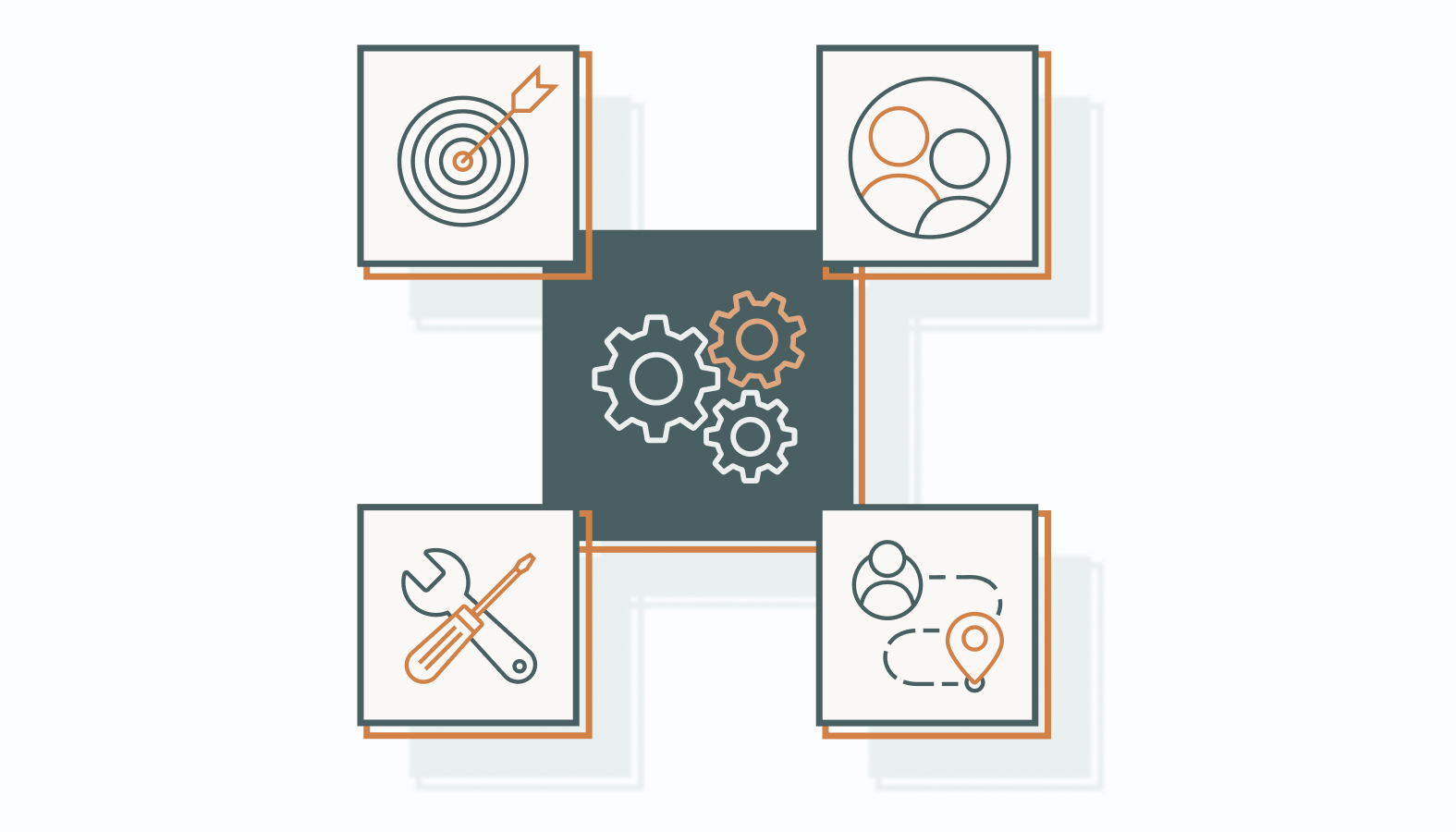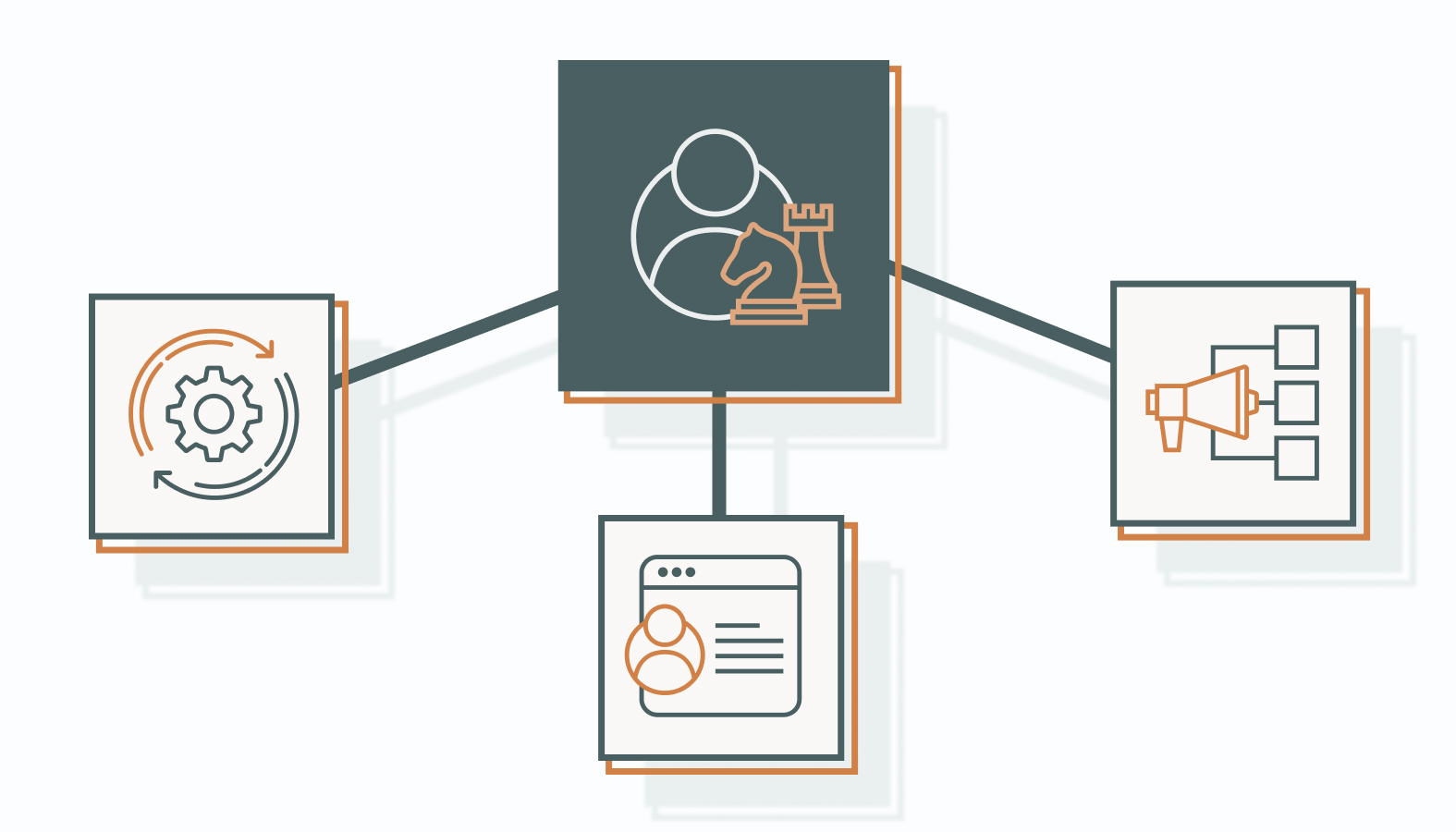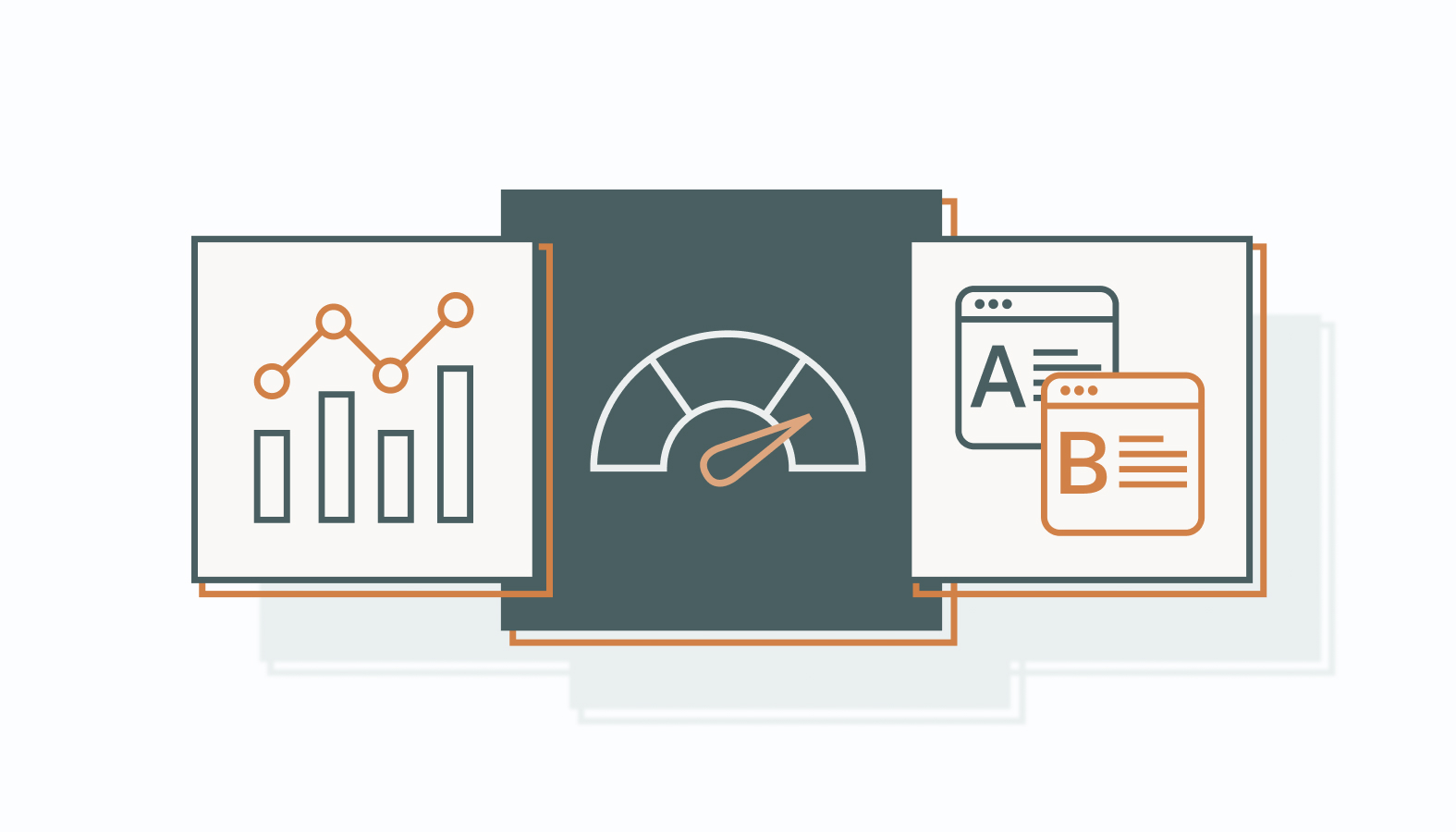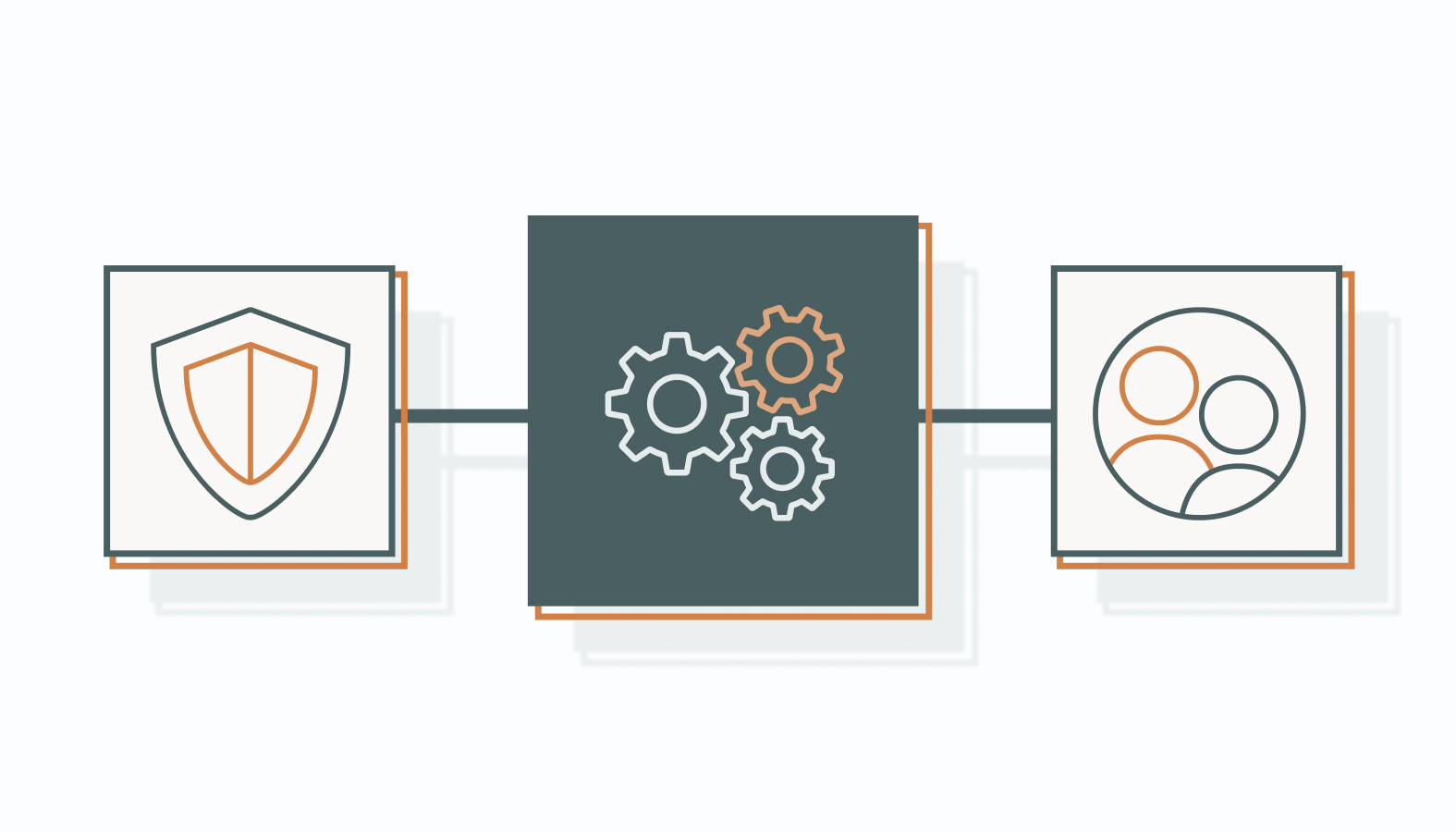Every marketer dreams of reaching more customers, closing more deals, and doing it all without adding hours to the workweek. A smart marketing automation strategy makes that possible. It takes the repetitive, time-consuming parts of marketing and turns them into efficient, scalable systems, freeing you up to focus on creativity and strategy.
Still, automation isn’t magic. Without a thoughtful approach, it can overwhelm your team or even disconnect you from your audience. That’s why having a clear plan is essential, not just for choosing tools, but for mapping how automation supports your business goals and customer experience.
In this article, we’ll cover the exact steps to design, implement, and optimize a marketing automation strategy that works in the real world.
Here’s how to make automation your competitive advantage.
Understanding Marketing Automation
In the current digital age, mastering marketing requires more than just good ideas. It demands a sophisticated engine to power your efforts.
We’ve seen the marketing world evolve from simple email lists to complex customer journeys, and the technology behind it all has become a non-negotiable for success.
Automation isn’t about simply keeping up; it’s about pulling ahead.
What is Marketing Automation?
Marketing automation is the strategic application of software to run your marketing engine. It’s the tool that takes your well-crafted plans and executes them with precision and scale that manual processes can’t match.
Think of it as your digital co-pilot for everything from automated email flows and social media scheduling to ad deployment. These platforms allow for deeply personalized interactions, nurturing leads with surgical accuracy and providing the data you need to inform your next power move.
The Evolution of Marketing Automation
The journey of marketing automation is a testament to its staying power. It began as a tool for basic email blasts, but as technology progressed and consumer behavior shifted, so did the software.
It evolved into a comprehensive system that integrates with customer relationship management platforms and other digital tools, giving you a unified, 360-degree view of every customer interaction.
With the advent of artificial intelligence and machine learning, modern marketing automation is more intelligent than ever. It enables sophisticated predictive analytics and hyper-targeting.
This isn’t just an upgrade, it’s a complete reimagining of what’s possible, allowing marketers to deliver timely, relevant, and personalized experiences that today’s consumers not only expect, but demand.
Key Components of a Marketing Automation Strategy
A successful strategy requires four essential pillars: a deep understanding of your goals, your audience, the right technology, and a well-defined customer journey.
When these components work in harmony, they streamline your processes and create exceptional customer experiences that drive real results.
1) Set Clear Goals
The first step to building a robust marketing automation strategy is to set clear, achievable, and measurable goals. This means outlining exactly what you want automation to accomplish. Are you looking to increase lead conversion rates, improve customer retention, or boost sales efficiency?
Common goals businesses aim for include:
- Lead Nurturing: Guiding prospects through the sales funnel with personalized content, automatically.
- Customer Segmentation: Targeting customers with surgical precision based on their behaviors and preferences.
- Sales Alignment: Bridging the gap between marketing and sales for better lead handoff and follow-up.
2) Identify Your Target Audience
Goals are meaningless if you don’t know who you’re trying to reach. Understanding your target audience is non-negotiable for tailoring marketing efforts that resonate. When you know who your customers are, what they need, and how they behave, you can create personalized content and interactions that truly hit the mark.
To effectively research and segment your audience, you should:
- Conduct Surveys and Interviews: Go straight to the source. Gather data directly from your audience to understand their needs.
- Analyze Behavioral Data: Use analytics to track customer interactions and behaviors across all your platforms.
- Create Buyer Personas: Develop detailed profiles of your ideal customers to guide your content and strategy.
The bottom line? Stop guessing and start listening.
3) Select the Right Tools and Technologies
Choosing the right tools is the engine that powers a seamless marketing automation strategy. You have to be smart about this. Evaluate potential tools based on three core criteria:
- Features and Functionality: Does the tool offer capabilities that directly align with your goals, like email automation, CRM integration, and analytics?
- Scalability: Is the platform capable of growing with your business? Don’t invest in a tool you’ll outgrow in six months.
- Compatibility: Does it integrate smoothly with your existing systems and technologies? You need a system that plays well with others.
4) Create a Customer Journey Map
Think of a customer journey map as the GPS for your customer. It’s a visual representation of their entire experience with your brand, outlining every key touchpoint from initial awareness to post-purchase support. This map helps you identify and optimize areas for improvement and personalization.
Steps to create an effective customer journey map:
- Identify Key Touchpoints: List every point of interaction between your brand and customers.
- Map the Customer Experience: Visualize the customer’s emotional and functional journey.
- Align with Automation Strategies: Integrate automation tools at each stage to ensure consistent and personalized communication.
- Gather Feedback: Continuously collect feedback to refine and improve the journey.
Building a successful marketing automation strategy isn’t about simply checking these boxes. It’s about leveraging these components with the kind of expertise that comes from years of experience.
When done correctly, your strategy will not only meet your goals but also deliver the type of exceptional customer experiences that build loyalty and drive growth.
Implementing Your Marketing Automation Strategy
Planning a marketing automation strategy is one thing, but bringing it to life is where the real work begins. The transition from strategy to execution is a delicate process. These critical steps ensure your plan is not only implemented but also enhances customer engagement and operational efficiency.
Seamlessly Integrate Your Systems
Your marketing automation tools can’t live on an island. Integrating them with your existing systems is vital for a cohesive marketing strategy. This integration ensures data consistency, eliminates redundant tasks, and gives you a unified, 360-degree view of every customer interaction.
To overcome common integration challenges, you must:
- Audit Your Systems: Assess what you currently have. Understand compatibility and identify every potential integration point.
- Prioritize Data Synchronization: Ensure data flows seamlessly and accurately between all systems. Inaccurate data will tank your strategy.
- Utilize Middleware: Use a middleware solution or integration platform to connect disparate systems without extensive, custom development.
- Engage Your IT Team: Collaborate with your IT department. They are your allies for addressing technical hurdles and ensuring a smooth implementation.
Craft Personalized Marketing Experiences
Personalization is no longer a luxury; it’s the key to engaging customers and boosting your conversion rates. By crafting tailored experiences, you connect with your audience on a more personal level, which builds loyalty and satisfaction.
Here’s how to design effective personalized marketing workflows:
- Dynamic Content: Use customer data to automatically deliver personalized content across emails, websites, and other channels.
- Behavioral Triggers: Set up automation to trigger specific actions based on a customer’s behaviors, such as abandoned carts or Browsing history.
- Refine Segmentation: Continuously refine your audience segments to ensure every message is relevant and perfectly targeted.
- Close the Feedback Loop: Implement systems to gather and analyze feedback, allowing for constant improvement of your personalization efforts.
Utilize Multichannel Automation
Today’s customers are everywhere. A multichannel approach allows you to engage with them on their preferred platforms, increasing visibility and ensuring your message is consistent wherever they are.
Strategies for effectively integrating various communication channels include:
- Unified Messaging: Maintain a consistent brand voice and messaging across all channels. Your brand identity must be the same everywhere.
- Platform-Specific Content: Tailor your content for each platform. What works on email won’t always work on social media.
- Cross-Channel Tracking: Use analytics tools to track customer interactions across different channels. The data you gather here is crucial for optimization.
- Automated Workflows: Set up cross-channel workflows to guide customers seamlessly from one touchpoint to the next, creating a smooth and logical journey.
By focusing on these areas, you can implement a marketing automation strategy that not only integrates seamlessly with your existing systems but also delivers the personalized, multichannel experiences required to drive engagement and conversion.
Measuring and Optimizing Your Strategy
A great marketing automation strategy isn’t static. It’s a living system that needs to be measured and optimized constantly. Regular evaluation ensures your strategies stay effective, relevant, and aligned with your business goals.
By continuously analyzing performance and making necessary adjustments, you can maximize the impact of your automation efforts and truly see a return on your investment.
Analyze Performance Metrics
To assess the effectiveness of your marketing automation strategies, you must first identify and analyze the critical performance metrics. These metrics are the dashboard lights telling you what’s working and where you need to make changes.
Key metrics to monitor include:
- Conversion Rates: Track the percentage of leads that convert into customers to gauge how well your automation is driving sales.
- Engagement Metrics: Measure email open rates, click-through rates, and social media interactions to see how your audience is responding.
- Lead Scoring Accuracy: Evaluate how well your lead scoring system is identifying high-quality leads.
- ROI Analysis: Calculate the return on investment for your automation campaigns to ensure they are cost-effective.
To gather and analyze this data effectively, you’ll need the right tools:
- Analytics Platforms: Use platforms like Google Analytics, HubSpot, or Marketo to track and report on performance.
- Dashboard Tools: Implement dashboard solutions for real-time insights and data visualization.
- CRM Integration: Ensure your CRM system is seamlessly integrated with your automation tools for comprehensive reporting.
Continuous Improvement and Testing
Once you have your data, you need to act on it. Continuous improvement through A/B testing and experimentation is vital for refining your marketing automation strategies. This process helps you identify the most effective tactics and optimize campaigns for better results.
The role of A/B testing is to:
- Experiment: Test different variables—like subject lines, content formats, and timing—to determine what resonates best with your audience.
- Make Data-Driven Decisions: Use test results to make informed adjustments, ensuring your strategies are based on actual performance data, not guesswork.
To implement a continuous improvement process, you should:
- Establish a Testing Framework: Define clear objectives and hypotheses for each test to ensure meaningful results.
- Prioritize Tests: Focus on areas with the highest potential impact, such as high-traffic pages or critical conversion points.
- Iterate Regularly: Make testing an ongoing process with regular cycles of experimentation and analysis.
- Document Learnings: Keep a record of test outcomes and insights to build a knowledge base for future strategy development.
By consistently measuring and optimizing your marketing automation efforts, you enhance their effectiveness, drive better engagement, and achieve superior business outcomes. You go from simply having a strategy to owning a finely-tuned engine of growth.
Best Practices for Marketing Automation
Implementing marketing automation effectively isn’t just about the tools and the plan; it’s about adhering to the best practices that ensure efficiency and compliance.
Following these practices gives you a framework for maximizing the benefits of automation while also addressing critical considerations like data security and team collaboration.
Protect Customer Data and Privacy
In today’s digital world, safeguarding customer data isn’t just a legal obligation—it’s an ethical responsibility. Your marketing automation efforts handle large volumes of personal data, so data protection must be a top priority.
Key legal and ethical considerations include:
- Regulations: You must adhere to data protection laws like GDPR and CCPA, which mandate transparency and customer control over personal data.
- Ethical Data Use: Respect customer privacy by getting explicit consent for data collection and using that data responsibly in your communications.
Strategies for ensuring data security and compliance:
- Data Encryption: Implement encryption protocols to protect data both in transit and at rest.
- Access Controls: Restrict data access to authorized personnel only, using role-based permissions.
- Regular Audits: Conduct regular data audits and security assessments to identify vulnerabilities and ensure compliance.
- Privacy Policies: Develop and communicate privacy policies that outline how customer data is collected, used, and stored.
Build a Cross-Functional Team
Successful marketing automation isn’t a solo sport. It requires collaboration across various departments to ensure seamless execution and alignment with business objectives. A cross-functional team brings together diverse expertise, fostering innovation and efficiency.
The importance of collaboration:
- Holistic Strategy: Cross-departmental collaboration helps create a comprehensive strategy that integrates marketing, sales, IT, and customer service perspectives.
- Enhanced Problem-Solving: Diverse teams can more effectively address challenges and innovate solutions.
Key roles and responsibilities within a cross-functional team:
- Marketing Automation Specialist: Manages the platform, designs workflows, and analyzes performance.
- IT Specialist: Ensures system integration, data security, and technical support.
- Sales Representative: Provides insights on lead quality and feedback on lead nurturing processes.
- Content Creator: Develops personalized content tailored to different audience segments.
- Data Analyst: Interprets data to inform strategy adjustments and measure the impact of marketing efforts.
By following these best practices, you can optimize your marketing automation strategies, ensuring they are both effective and compliant with data protection standards while leveraging the strengths of a collaborative team environment. This is how you future-proof your automation efforts and build a truly powerful, sustainable system.
Building Your Automation Engine
A well-crafted marketing automation strategy is an invaluable asset for any business aiming to enhance efficiency and drive growth. We’ve laid out the entire blueprint, from planning to execution and optimization.
You now have a clear roadmap:
- Design a strategy built on a foundation of clear goals, a deep understanding of your audience, the right technology, and a well-defined customer journey.
- Implement your strategy by seamlessly integrating your systems, crafting personalized experiences, and utilizing a multichannel approach.
- Measure and optimize continuously, using data to refine your efforts and ensure they remain effective.
- Adhere to best practices to protect customer data and foster collaboration across a cross-functional team.
Marketing automation is less about the software and more about the strategic thinking that powers it. This kind of strategy requires more than just checking boxes; it involves the level of expertise that comes from years in the trenches.
Ready to Talk Strategy?
The potential for growth and competitive advantage with effective automation is significant. If you’re ready to build a marketing automation strategy that actually drives results, let’s talk.
Schedule a candid conversation with one of our automation strategists. We’ll explore your unique needs and show you how to unlock your brand’s brightest potential.










